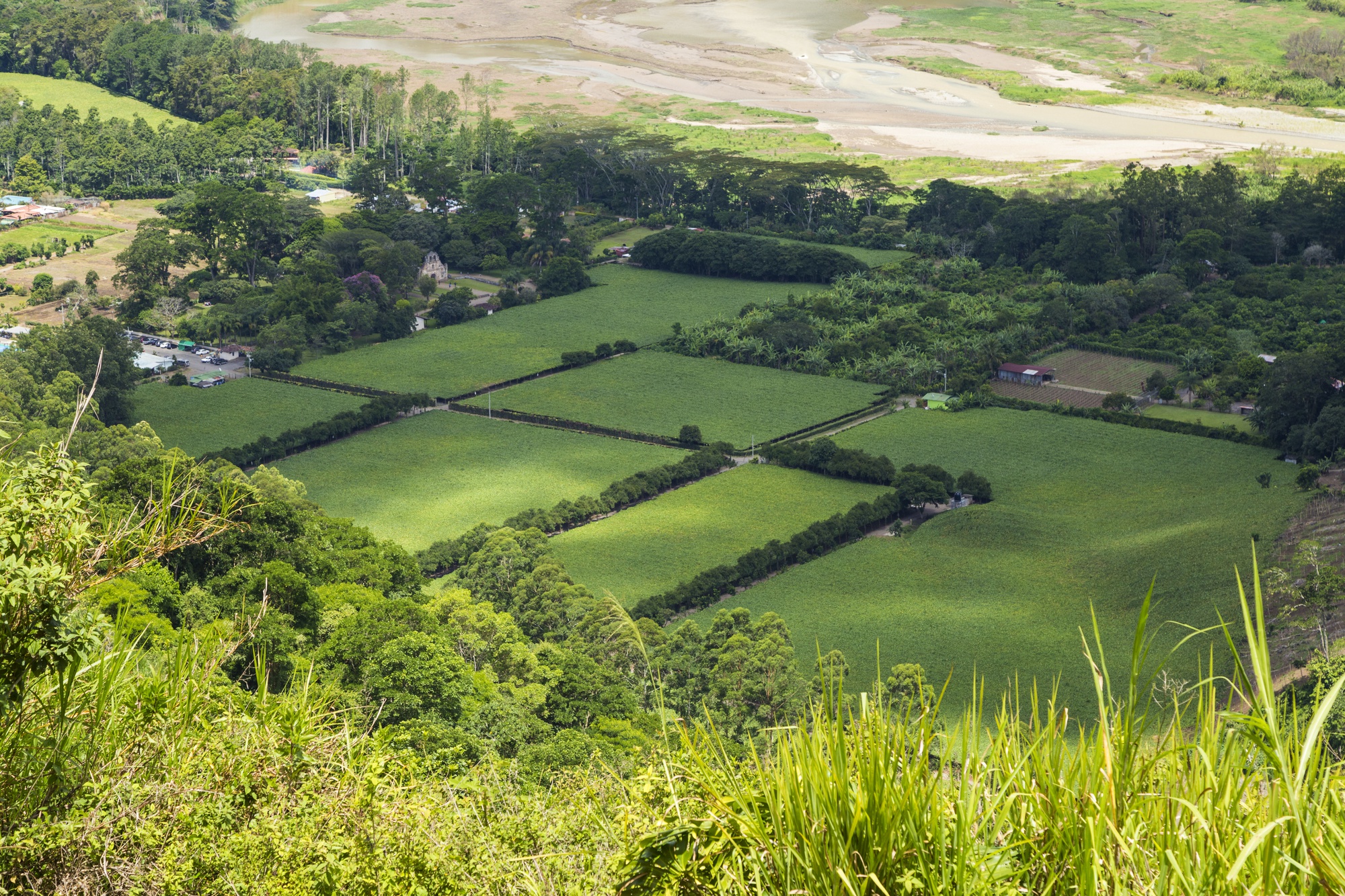Water conservation and sustainability are more important than ever, particularly in regions where droughts are frequent and water usage is heavily regulated. Traditional landscaping methods often require an excessive amount of water to maintain lush, green lawns. However, artificial turf is a game-changer for sustainable landscaping, providing an environmentally friendly alternative that can help conserve water and reduce your ecological footprint. In this article, we’ll explore how artificial turf saves water and promotes sustainability in landscaping.
The Water-Saving Benefits of Artificial Turf
Eliminating the Need for Regular Watering
One of the most significant environmental benefits of artificial turf is its ability to conserve water. Natural grass lawns require frequent watering, especially during hot weather or drought conditions, to stay healthy and vibrant. These lawns can waste large amounts of water, particularly if the irrigation system is inefficient or overused. In contrast, artificial turf doesn’t need any watering at all, meaning you can eliminate the daily or weekly watering routine that traditional lawns demand.
In regions that face water shortages or restrictions, choosing artificial turf can make a substantial impact on reducing household water consumption. By switching to synthetic grass, homeowners can cut back on their water usage, freeing up valuable resources for other needs.
No More Watering During Dry Seasons
In many climates, the summer months can bring long periods of heat and little rainfall, causing natural grass to dry out and require even more water to stay green. Artificial turf, however, doesn’t go dormant during dry periods or become brown and patchy. It retains its lush, green appearance throughout the year without any extra watering. This resilience to extreme weather conditions makes synthetic grass an ideal solution for regions with fluctuating rainfall or ongoing drought conditions.
How Artificial Turf Promotes Sustainability
Reduced Carbon Footprint
Artificial turf is not just a water-saving solution; it also helps reduce the carbon footprint of your landscaping efforts. Traditional lawns require regular maintenance, including mowing, fertilizing, and weed control. Mowing, in particular, often involves gas-powered lawnmowers, which emit harmful gases into the atmosphere and contribute to air pollution. With artificial turf, there’s no need for mowing, resulting in fewer carbon emissions and less air pollution. By reducing the frequency of lawn maintenance, artificial turf provides a more eco-friendly option for homeowners who are concerned about their environmental impact.
Eliminating Chemical Fertilizers and Pesticides
Another environmental concern with traditional grass lawns is the use of chemical fertilizers and pesticides. These chemicals are often necessary to keep the grass healthy and free from pests, but they can run off into local waterways, contaminating the environment and harming aquatic life. Artificial turf eliminates the need for fertilizers, pesticides, and herbicides altogether. With synthetic grass, there’s no risk of runoff pollution, making it a safer, cleaner choice for the environment.
Long Lifespan and Reduced Waste
High-quality artificial turf is built to last, with many products offering a lifespan of 15 to 20 years or more. This durability significantly reduces the need for replacements, contributing to less waste over time. Traditional landscaping, on the other hand, often requires replanting grass, replacing damaged sod, and purchasing fertilizers or chemicals, all of which contribute to waste and additional resource use. By investing in artificial turf, homeowners can minimize the environmental costs of frequent lawn care replacements and upkeep.
How Artificial Turf Supports Green Spaces Without Straining Resources
Low Maintenance, High Aesthetic Appeal
Artificial turf helps promote sustainable green spaces by providing a low-maintenance, high-aesthetic alternative to traditional lawns. Many homeowners want to enjoy the beauty of a lush, green lawn without the labor-intensive upkeep or environmental toll. Synthetic grass offers the best of both worlds: it provides the look and feel of a natural lawn while requiring far fewer resources. With no need for constant watering, mowing, or chemical treatments, artificial turf ensures that green spaces can thrive without straining local resources or requiring excessive energy inputs.
Suitable for Hard-to-Reach Areas and Extreme Conditions
Artificial turf is ideal for landscaping areas that are difficult to maintain with natural grass, such as sloped terrains, shaded spaces, or locations with poor soil quality. In these situations, natural grass may struggle to grow without additional water, fertilizers, or soil amendments. Artificial turf, however, can be installed in virtually any environment, providing a sustainable, green surface even in places where natural grass may not thrive. This makes it a versatile solution for homeowners looking to create environmentally-friendly landscapes in challenging spaces.
Artificial Turf as a Sustainable Landscaping Solution
Artificial turf is much more than just a practical alternative to natural grass—it’s a sustainable, water-saving solution that can significantly benefit both homeowners and the environment. By eliminating the need for regular watering, reducing the use of chemicals, and minimizing waste, artificial turf helps promote water conservation and eco-friendly landscaping. Whether you live in an area with frequent droughts or simply want to make your yard more sustainable, synthetic grass is an ideal choice for reducing your environmental impact. With its low-maintenance nature and long lifespan, artificial turf provides a beautiful, green lawn without the high resource costs of traditional grass, making it a smart choice for both your home and the planet.

































